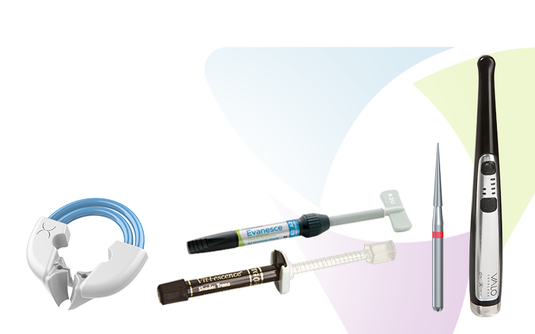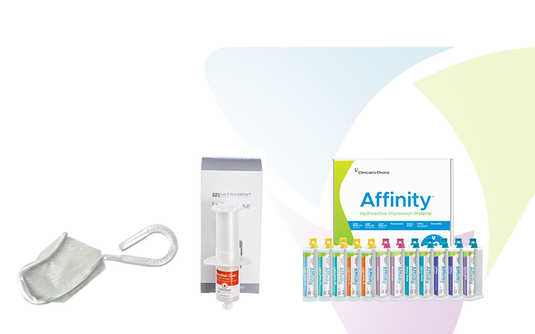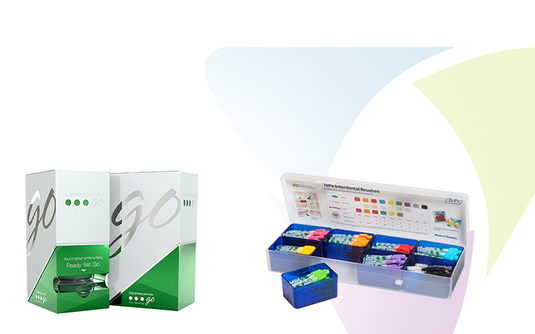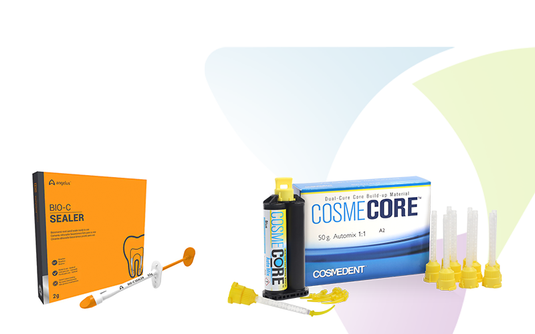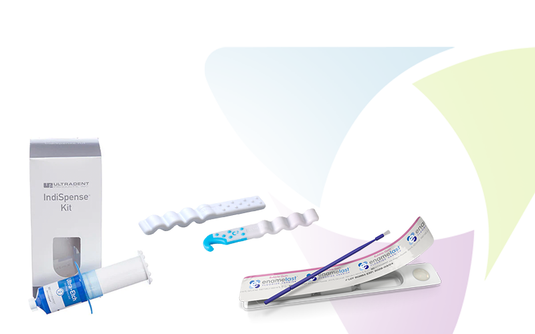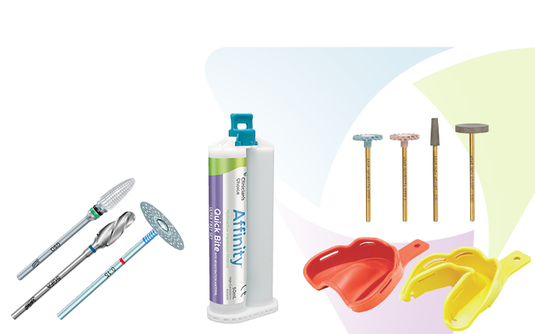3M™ STERILIZATION MONITORING PRODUCTS!
Be Confident in Your
Dental Sterilization
Monitoring Solution
3M™ Attest™ Mini Auto-reader

Sized and priced for office use.
Key features:
- In-house sterilization monitoring results in just 24 minutes *
- Small footprint for space-constrained areas
- Can connect to a PC for digital documentation of biological indicator results
- Easy-to-read display
Dental Sterilization: Follow these 5 Steps
There are five essential steps in instrument reprocessing:
Clean & Disinfect
Prep & Pack
Sterilize
Sterilization Monitoring
Storage
Monitoring tools verify the outcome of the “Sterilize” step and supply safeguards to whether loads should be released, so patients are not
exposed to non-sterile instruments or devices.
The fact that your instruments have been run through the sterilizer does not guarantee they’re sterile. Many things can adversely affect the sterilization process, including:
• Improper loading or packaging
• Sterilizer malfunction
• Incorrect time or temperature
• Incomplete air removal
• Sterilant failing to reach the centre of the pack
• Steam quality issue

STEP 1
Receiving, Cleaning & Decontamination

STEP 2
Preparation & Packaging

STEP 3
Sterilize

STEP 4
Monitoring of Sterilization

STEP 5
Storage
Packages are removed from the sterilizer and quality system documentation is completed. Appropriate storage is required to ensure the integrity of the packaging and the continued sterility of the packages. Sterile and single-use (disposable) items must not be stored under sinks, on counters adjacent to sinks or in other locations where they might become wet or contaminated.
Packages containing sterile instruments must be inspected before use to verify the results of external and internal chemical indicators, barrier integrity and dryness. If the packaging is compromised (e.g. unsealed, damaged, wet, visibly soiled or dropped on the floor), the instruments must be cleaned, packaged and sterilized again.
Implement Standards for Steam Sterilization
Into Your Practice With the 3M™ Core Four

Is your sterilizer actually doing its job? That’s the role of Equipment Monitoring devices such as Bowie-Dick type tests, which detect air leaks, inadequate air removal, poor steam penetration and the presence of non-condensable gases— any of which can compromise sterility.
Practical Applications of the Standards
(1) Use daily before the first processed load in each pre-vacuum sterilizer.
(2) The Bowie-Dick test pack should always be run in a warm sterilizer to avoid false failures.
(3) Place the Bowie-Dick test pack on the bottom shelf rack, over the drain, in an empty sterilizer.
Recommended Product:
3M™ Comply™ Bowie-Dick Plus Test Pack 00135LF contains a proprietary early warning test sheet.
Learn how to use Bowie-Dick Test Packs for Steam Sterilization

Learn more about 3M™ Attest™ Super Rapid Readout Biological Indicator


Load Monitoring is the process by which a load is monitored and released based on the result of a Biological Indicator (BI) in a Process Challenge Device (PCD). Only a BI can detect the actual lethality to microbial spores in a sterilization cycle.
Practical Applications of the Standards
(1) Use at least daily in each sterilizer with the first processed load.
(2) Loads containing implants should be monitored with a BI PCD that contains a Type 5 CI and quarantined until the BI results are known.
(3) A positive control should be incubated each day a test BI is incubated in each 3M™ Attest™ Auto-reader.
(4) If a test BI is positive, and the cause of the failure is not immediately identifiable, all items from that load and all items from loads processed since the last load with a negative BI result should be recalled and reprocessed.
Recommended Product:
3M™ Attest™ Super Rapid Readout Biological Indicator technology provides fast in-house monitoring results in just 24 minutes!*

Packs, trays, containers and peel pouches must be monitored internally to ensure proper sterilization. Internal pack monitoring with Chemical Indicators verifies that the sterilant has penetrated to where the Chemical Indicator is placed in the pack, and it confirms that specific exposure conditions have been met.
Practical Applications of the Standards
(1) Use an internal CI in each package
(2) For steam sterilization, place a pack monitor in the geometric centre of each pack, peel pouch or tray. In multi-level wrapped containers, place a pack monitor in the centre of the top level and opposite corners of lower levels.
(3) If a pack monitor fails, it typically is an indication of incorrect packaging, poor sterilant quality, or sterilizer loading errors. In these cases, the package should not be used.
(4) A Type 4 indicator reacts to 2 or more critical variables in the sterilization cycle, while a Type 5 indicator reacts to all 3 critical variables in the sterilization cycle.
Recommended Product:
3M™ Attest™ Type 5 Steam Chemical Integrators have moving front ink technology with vibrant "Accept" (Green) and "Reject" (Red) zones for easy interpretation within seconds.
Learn more about 3M™ Attest™ Steam Chemical Integrator



How do you know for sure whether packs have been exposed to the sterilization process? Exposure monitoring products assure the dental professional at a glance whether the pack has been exposed—without having to open the pack.
Practical Applications of the Standards
Use an external Chemical Indicator on the outside of each package.
Recommended Product:
3M™ Comply™ Indicator Tapes are lead free and latex free and do not require hazardous waste disposal. They change colour when exposed to steam but are not an indication of sterility.
The Types of Steam Chemical Indicators
The Canadian Standards Association (CSA) and the International Organization for Standardization (ISO) define 6 classes or types of Chemical Indicators in the
11140-1:2014 standard. Each Type of Chemical Indicator has its own unique characteristics and intended use, and the numbering system (Class or Type 1 – 6) has no hierarchical significance. In the Dental Industry products from the first five classes are the ones that will typically be used.

